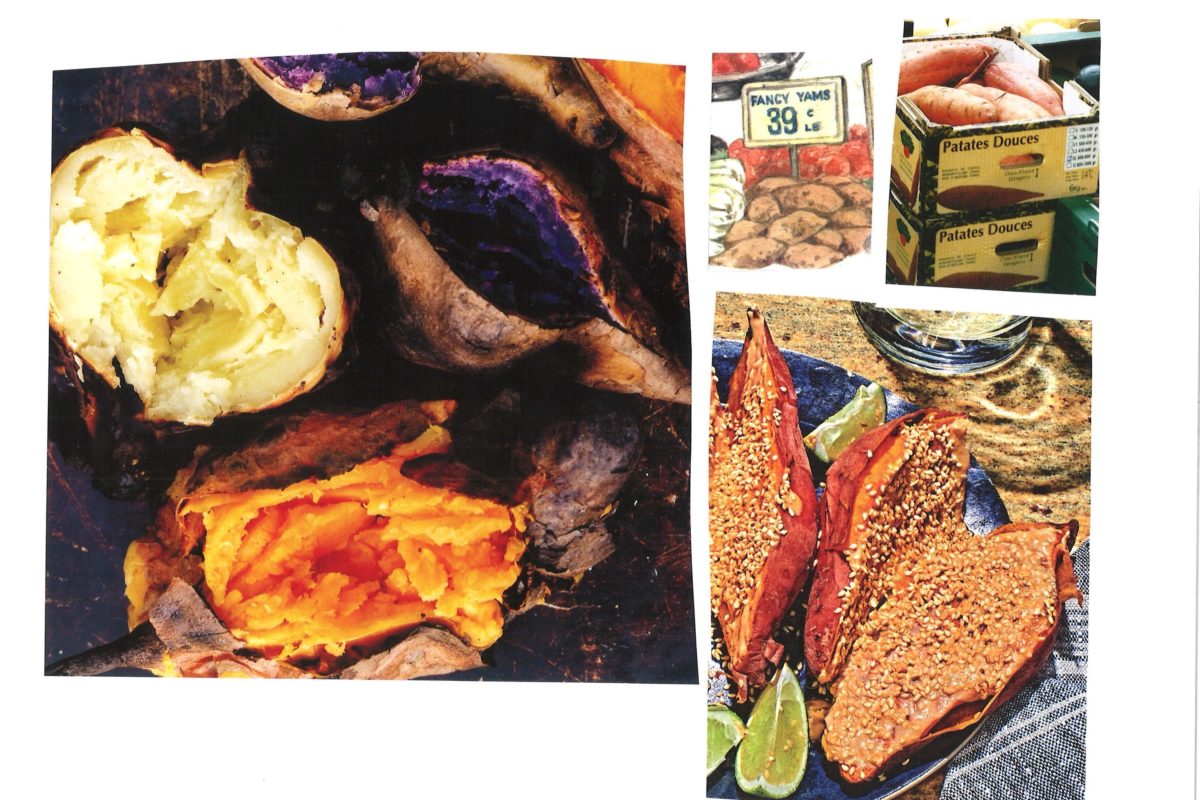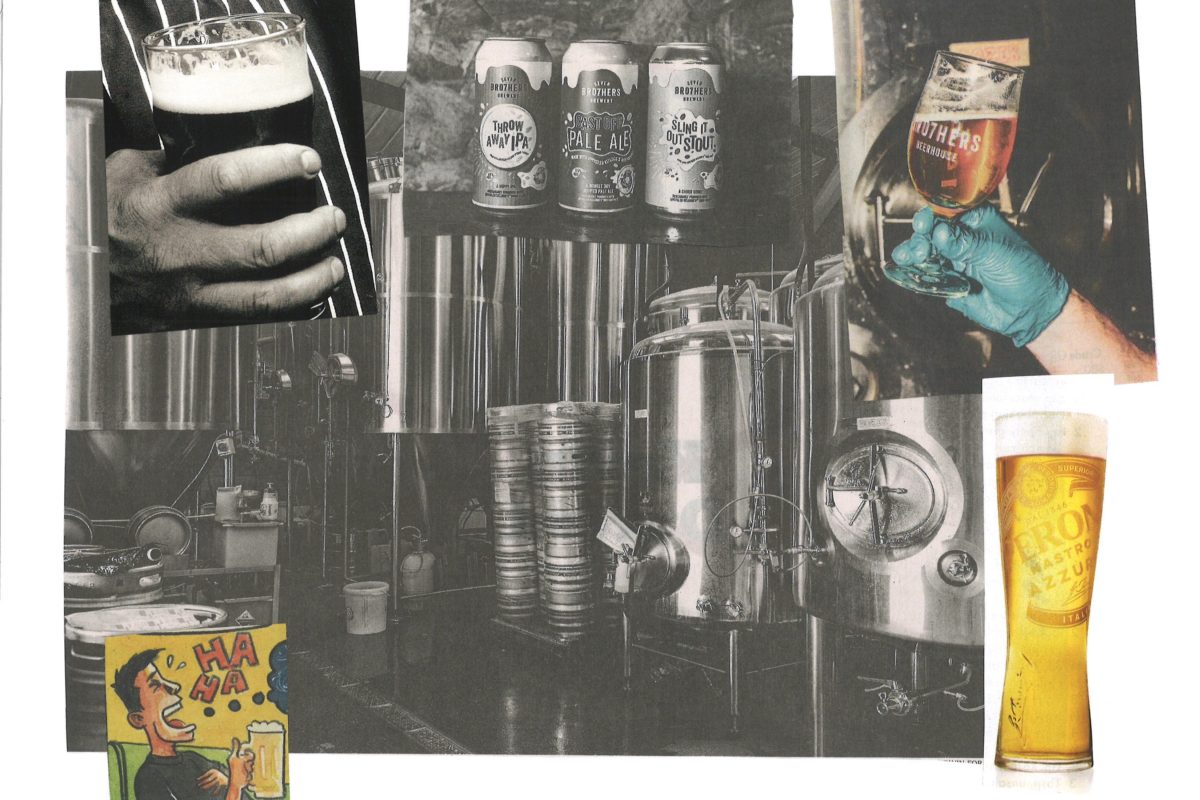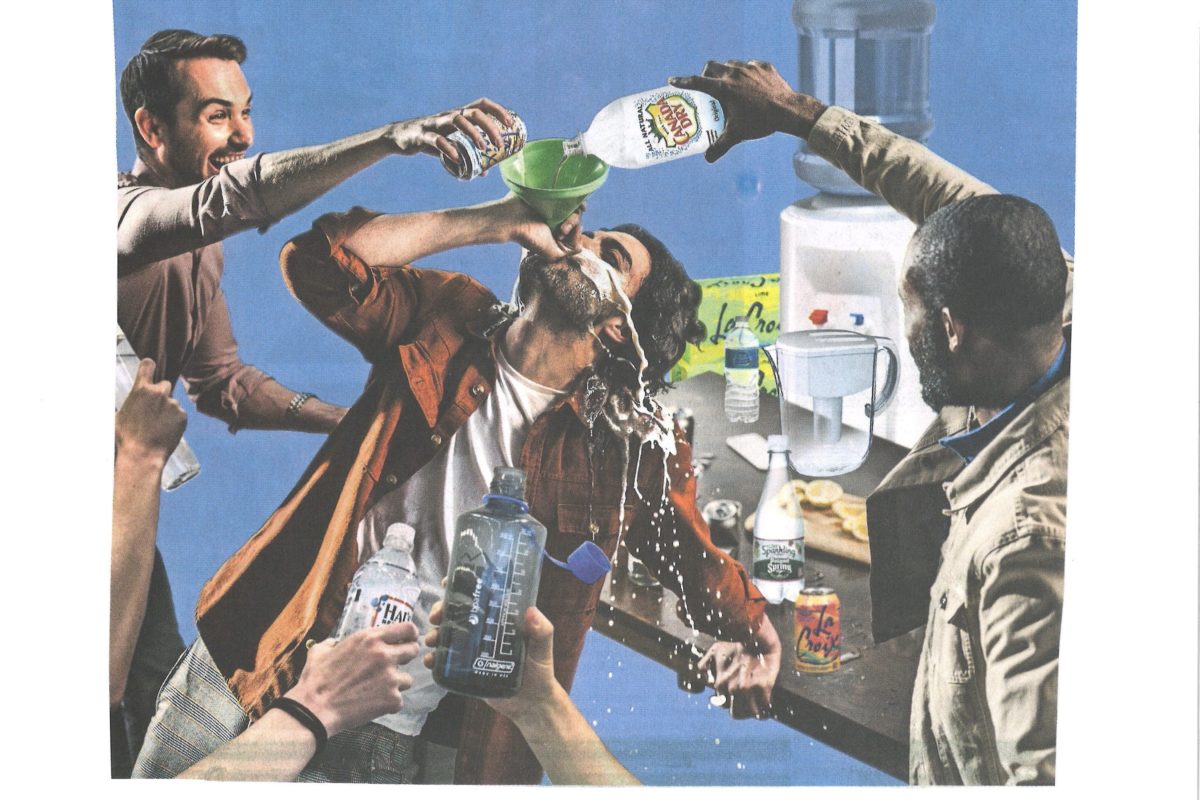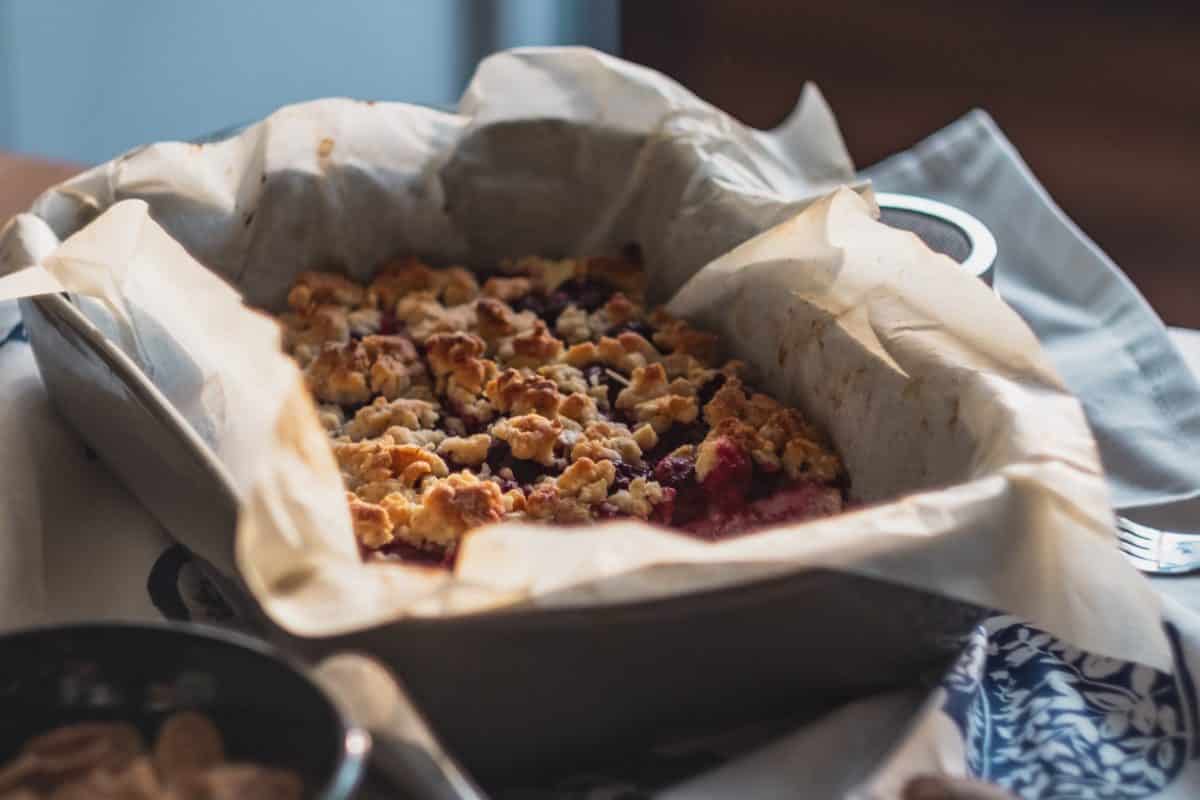What’s the Difference Between Caramel, Butterscotch, Dulce de Leche, and Cajeta?
Caramel, butterscotch, dulce de leche, and cajeta: all are sweet, golden, syrupy concoctions that are delicious things to eat. However, according to Mark Bittman’s How to Bake Everything and pastry chef Stella Parks over at Serious Eats, there are marked differences between the four:
Caramel is made from slowly cooking down granulated sugar, simply by itself or with a splash of water. As the sugar melts and cooks, the caramel gets richer and toastier, and the color goes from a pale gold to a dark amber.
Butterscotch is made from cooking down brown sugar with butter, and its flavor is sweeter and softer than that of caramel.
Dulce de leche is made from slowly cooking cow milk and sugar together. Dulce de leche made with goat milk is known as cajeta. They’re cooked at a lower temperature than caramel, and their golden color comes not from the caramelization of sugar, but from the browning of the lactose and lysine in the milk (also known as the Maillard reaction). Thanks to this technique, they have a more mellow, nuttier, and complex taste than their cousins.
Both dulce de leche and cajeta can also sometimes include baking soda, which balances out the pH of milk (which is slightly acidic) and speeds up the Maillard reaction. (To read more on this topic, I highly recommend this article.)
So, in short:
granulated sugar —> caramel
brown sugar + butter —> butterscotch
cow milk + sugar + baking soda —> dulce de leche
goat milk + sugar + baking soda —> cajeta
If you liked this, subscribe to the What’s the Difference newsletter here!






